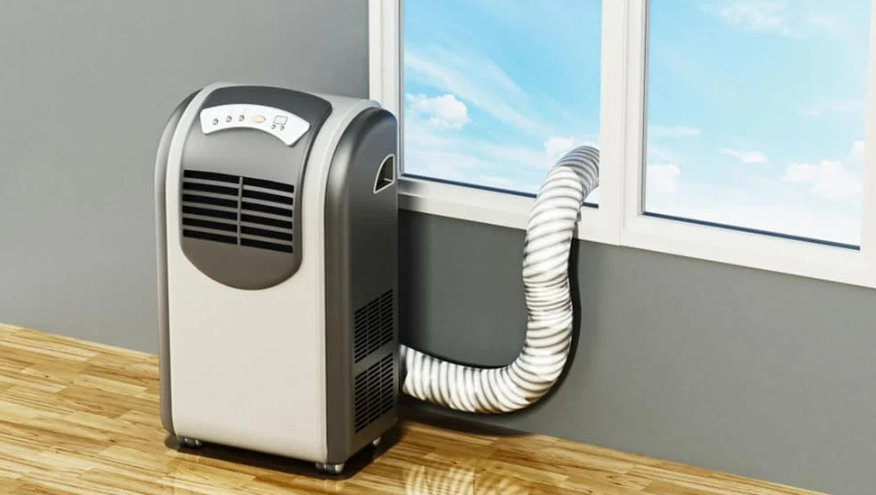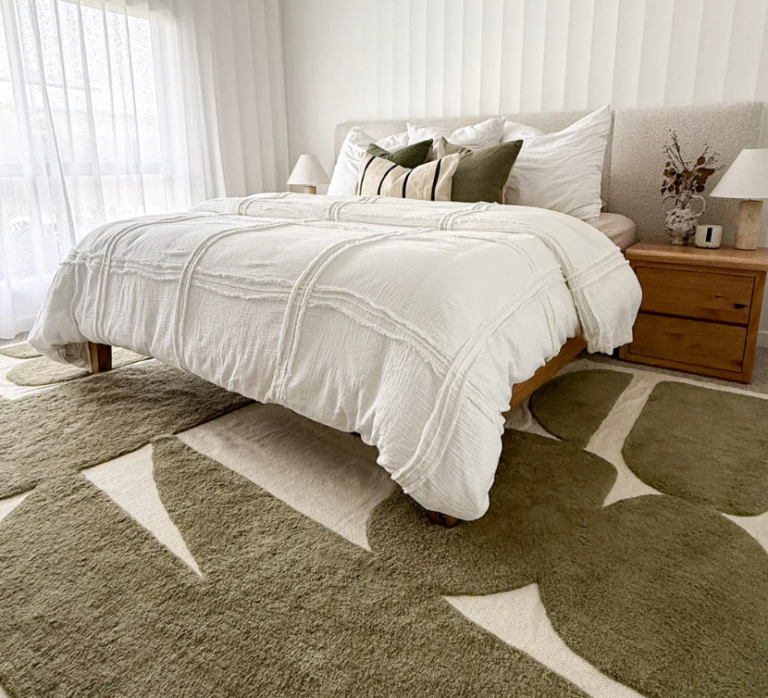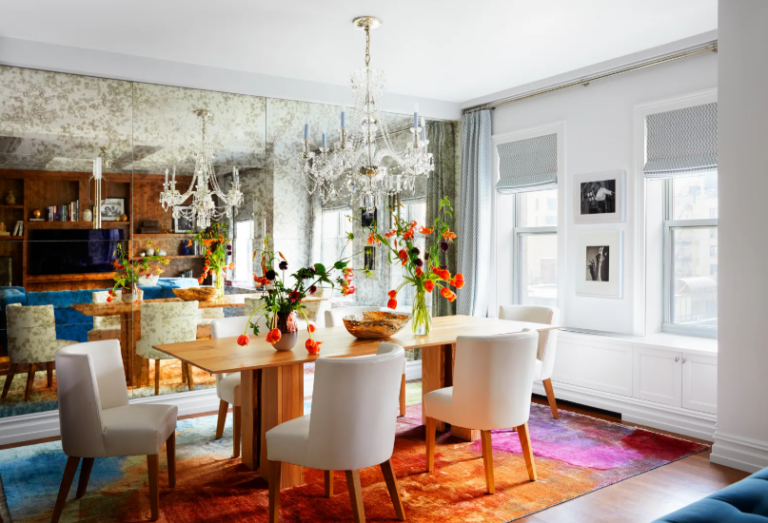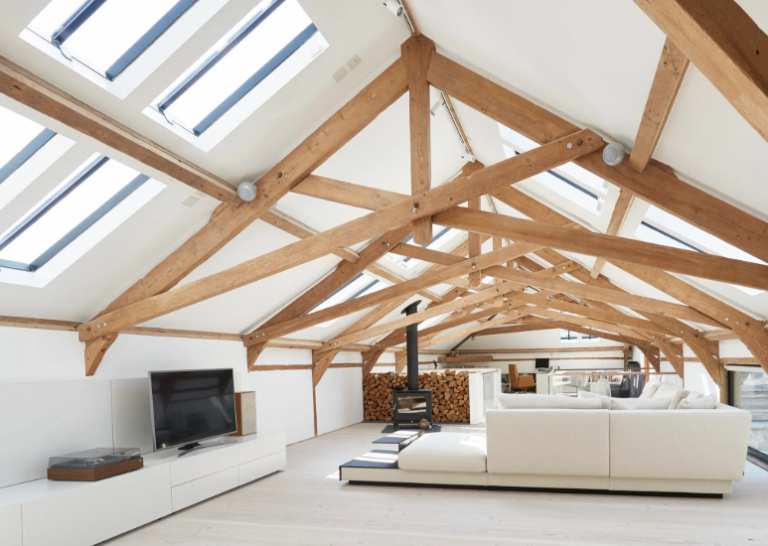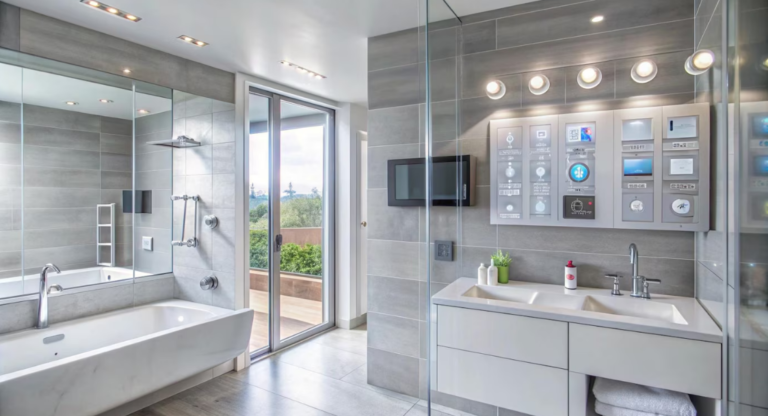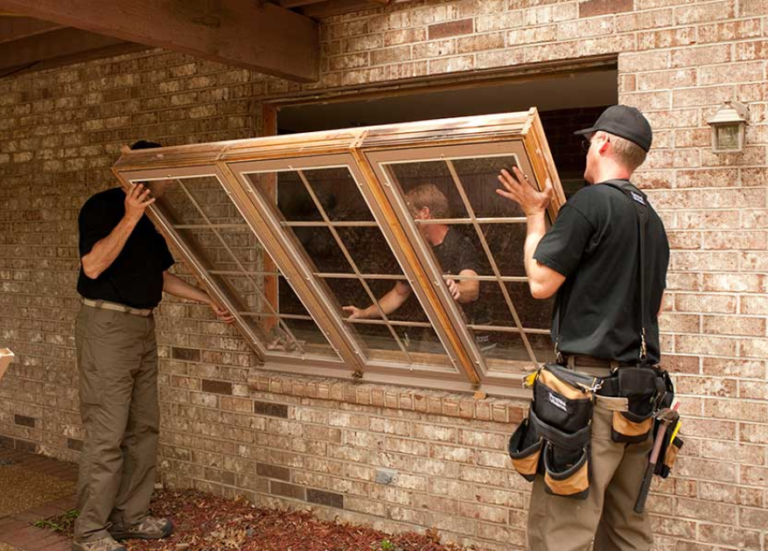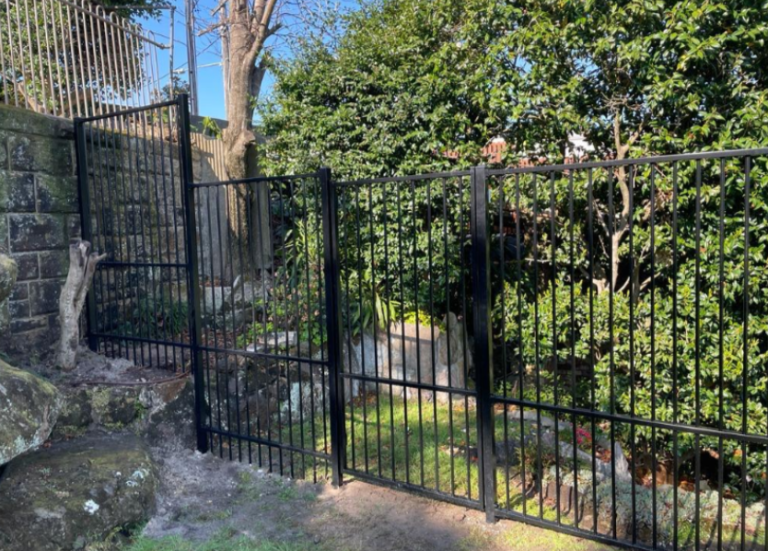Portable Air Conditioners: Are They Worth It?
Imagine the scorching heat of summer creeping into your room. You reach for relief, but the fan is weak. The ceiling fan spins like a tired old clock. So, you turn to the better solution—A portable air conditioner. It sounds like a dream. But is it truly worth your money?
What Is a Portable Air Conditioner?
A portable air conditioner is a compact cooling unit. It stands alone and does not need to be installed permanently. It often comes with wheels, making it easy to move from room to room. You only need a power outlet and a window to vent the hot air.
The design is simple.
The goal is comfort on demand.
So, should you be choosing portable air conditioning in Maitland? Let’s see.
The Appeal of Portability
Freedom. That is the biggest promise of a portable air conditioner.
You can move it around. You can cool your bedroom at night, and roll it into your living room in the morning. Set it near your desk while working.
Unlike fixed systems, it travels with you. That flexibility is a huge selling point, especially for renters. Landlords do not allow drilling walls. They dislike bulky installations. So, a portable unit like this offers a no-drama solution.
See also: Replacing Windows On Older Homes: What You Need To Know
Installation Is a Breeze
Some appliances are nightmares to set up, but not this one. Most units arrive ready to go. You just plug it in, attach the exhaust hose to a window kit, and push the kit into your window frame. That’s it.
No technicians needed. No drilling, no measuring, and no stress. It is DIY cooling for the impatient souls.
Perfect for Small Spaces
Tiny homes. Studios. College dorms. Small offices.
These are all ideal environments for portable ACs. Central systems feel like overkill. Window units might not fit. But a portable air conditioner fits like a glove. You slide it into a corner and let it hum quietly. You enjoy a chill space without hassle.
It Cools—But Only So Much
Here comes the catch. Portable air conditioners cannot cool large areas effectively. Most models work best in rooms under 20 square metres. Some stronger ones handle 30–40 square metres. But anything bigger becomes a challenge. You might only feel a light breeze.
So, if you have an open-plan layout, forget it.
Energy Consumption: The Hidden Cost
These machines work hard, but they gulp electricity. If you run them all day, your power bill will scream. They are less efficient than split systems or central air. That’s the trade-off for flexibility.
Some models now come with energy-saving modes, and that helps. But still, prepare to pay more for that mobile breeze.
They Are Loud.
Do not expect silence from your portable air conditioning in Maitland. They hum, buzz, and groan. If you are sensitive to noise, this is a deal-breaker. Light sleepers might find the constant whirr unbearable. Some high-end models claim to be quieter, but even those produce a noticeable sound.
Maintenance Is Necessary
These units need love. You must clean the filters often, as dust builds up quickly. Clogged filters block airflow and reduce performance. Some units collect condensation in a tank. You must empty it regularly. If you forget, the unit might shut off.
They Take Up Floor Space
Portable ACs may be small, but they are not invisible. They stand tall and take up space. You can’t tuck them away like a fan. This matters in small rooms. You lose valuable square footage. Also, the hose must stretch to a window, which limits placement. You also cannot hide it behind furniture. It needs breathing room.
Not Always That “Portable”
The term “portable” sounds light and easy. In truth, many units weigh 20 to 30 kilograms. Yes, they have wheels. But lifting them is not easy. If you live in a multi-story home, carrying it upstairs feels like lifting weights at the gym. Also, they are bulky. Moving them across uneven surfaces or carpets is awkward. Portability has its limits.
A Temporary Solution, Not a Long-Term One
If you want a quick fix for a sudden heatwave, this unit works wonders. If you want year-round comfort, look elsewhere. Portable air conditioners wear down faster than fixed systems. They are not built for heavy-duty use. Most last a few years. After that, performance drops. You start looking for a replacement sooner than expected.
Cost vs. Value
Prices vary. Budget models start around $300. Mid-range ones hit $500–$700. Premium units go beyond $1000. You pay for extra features like Wi-Fi control, sleep mode, and dual hose systems.
But here’s the thing.
For the same money, you might get a better split system. The only difference is installation. That’s what makes or breaks the value. If you plan to move homes soon, a portable unit makes sense. If you own your place, a permanent solution gives more profit for your buck.
Eco-Friendly? Not Quite
Portable air conditioners often use refrigerants that are not the most eco-conscious. Older models rely on gases that harm the ozone layer. Newer ones are better. But still, the overall energy usage is high.
Therefore, if you’re trying to reduce your carbon footprint, a ceiling fan or an energy-efficient split system is a smarter choice.
Final Verdict: Are They Worth It?
The answer is—it depends.
For short-term use, yes.
For small rooms, yes.
For temporary relief, yes.
But if you need long-lasting, quiet, energy-efficient cooling, look elsewhere. Portable air conditioners are only handy for a moment. They are not a long-term solution.
Before you buy, ask yourself this: What do I really need? If your answer is “a quick fix,” then a portable air conditioner delivers. If you want year-round comfort and efficiency, consider a bigger investment.
For more help or guidance, contact Onsite Air.
